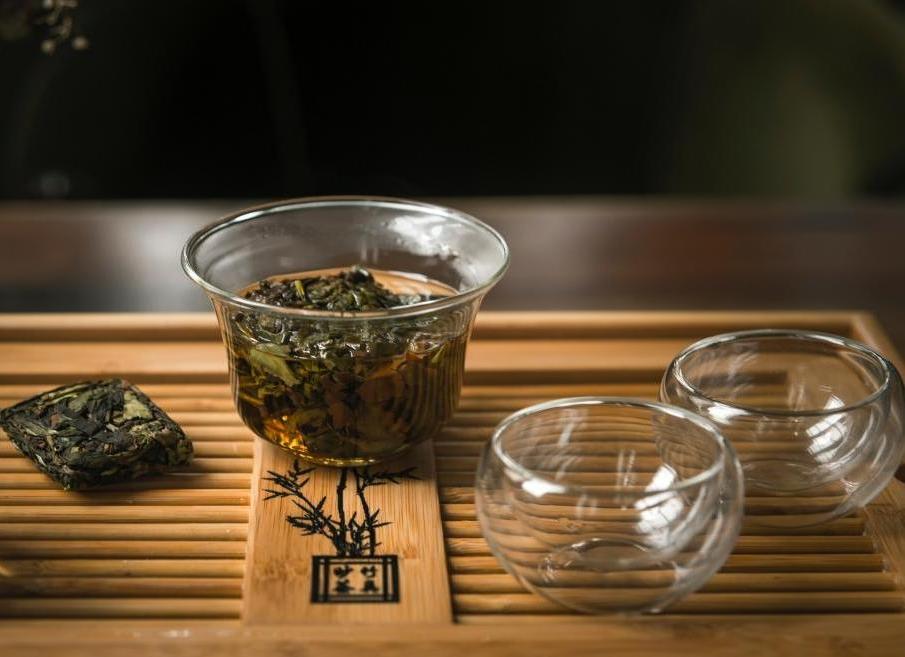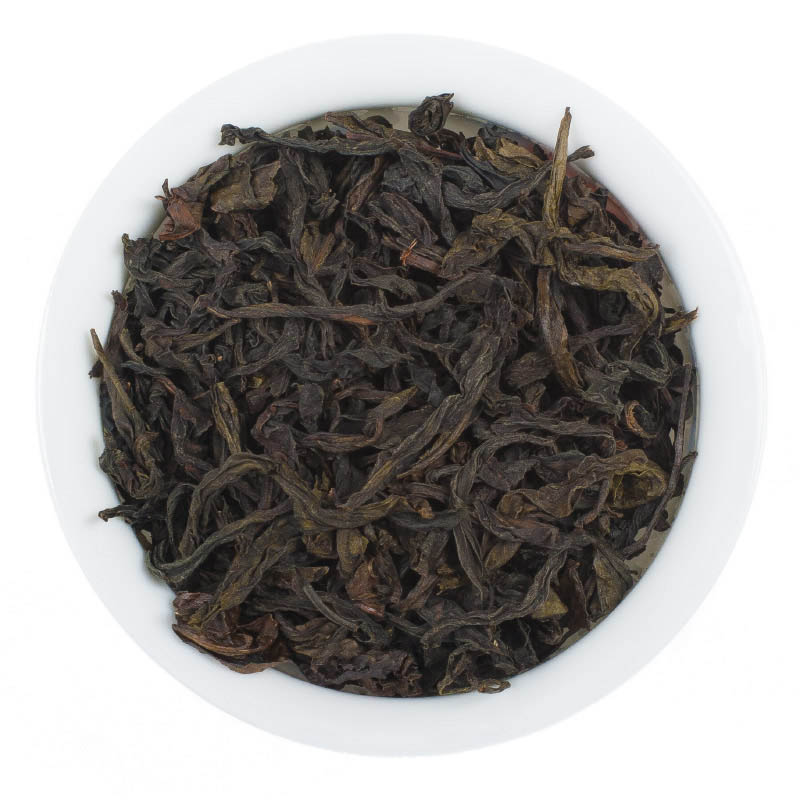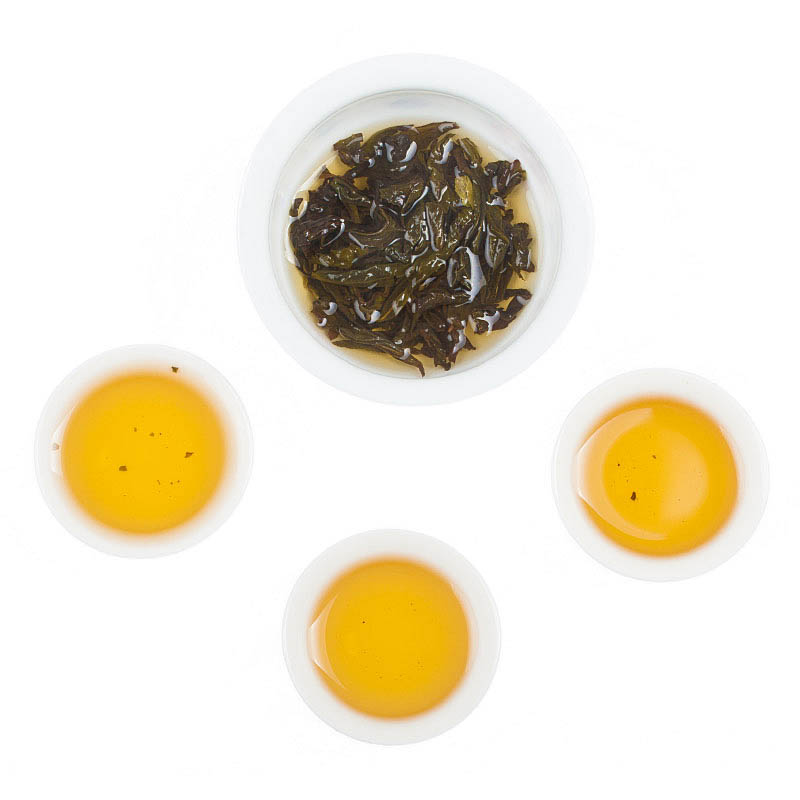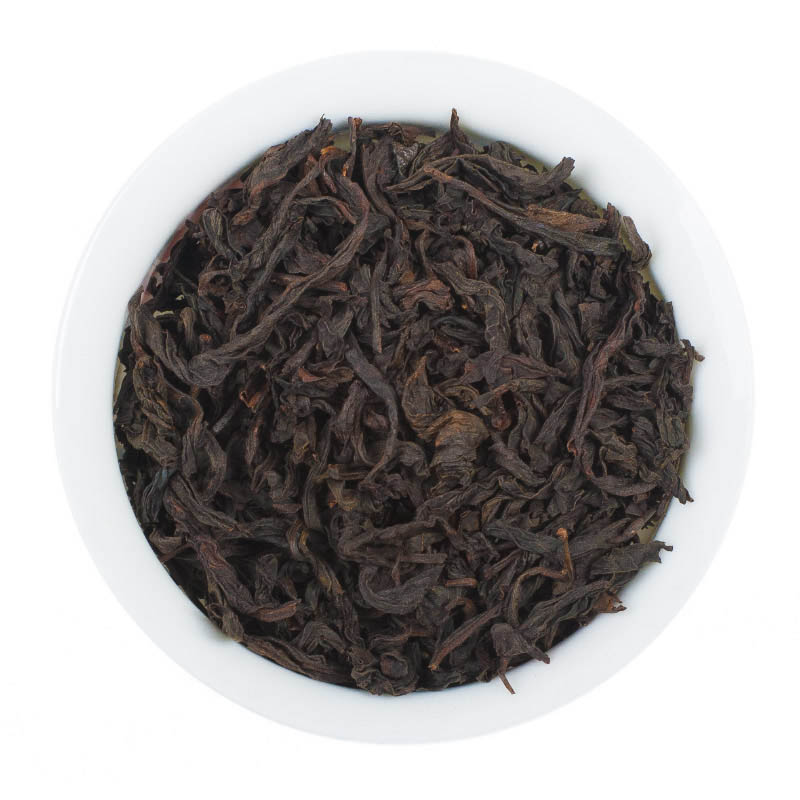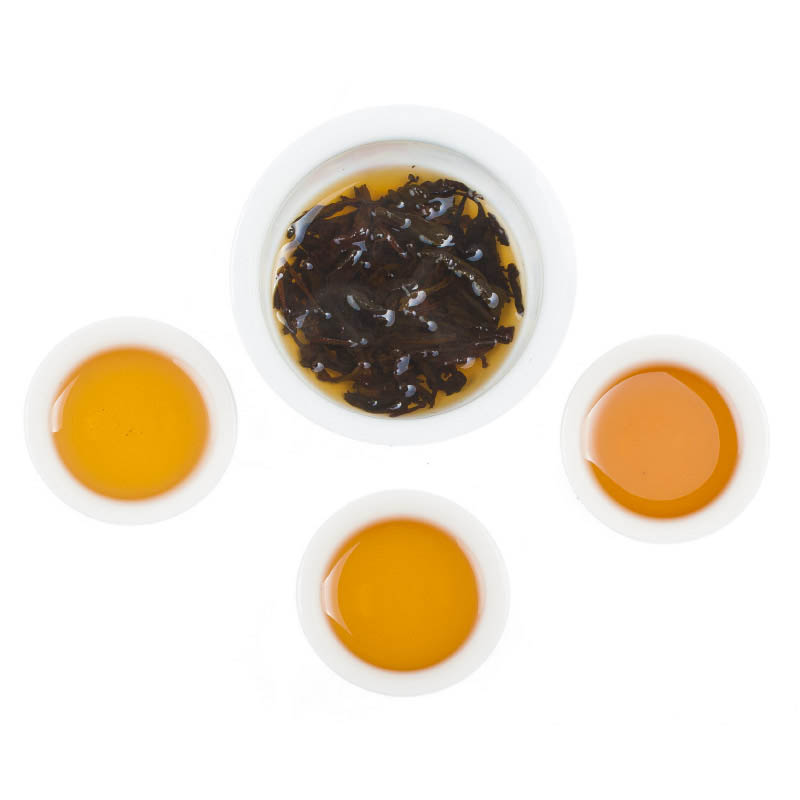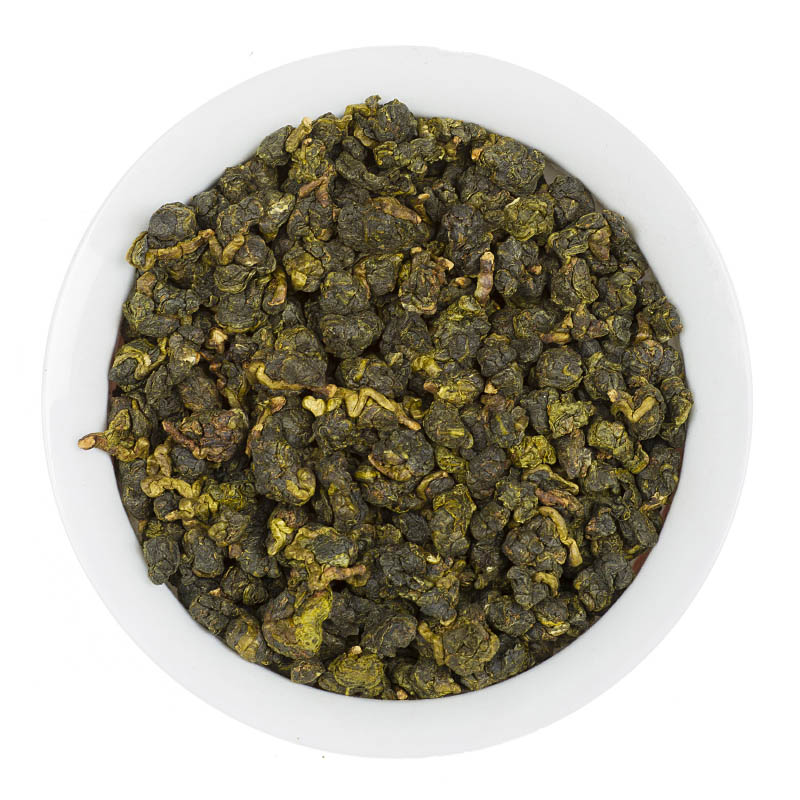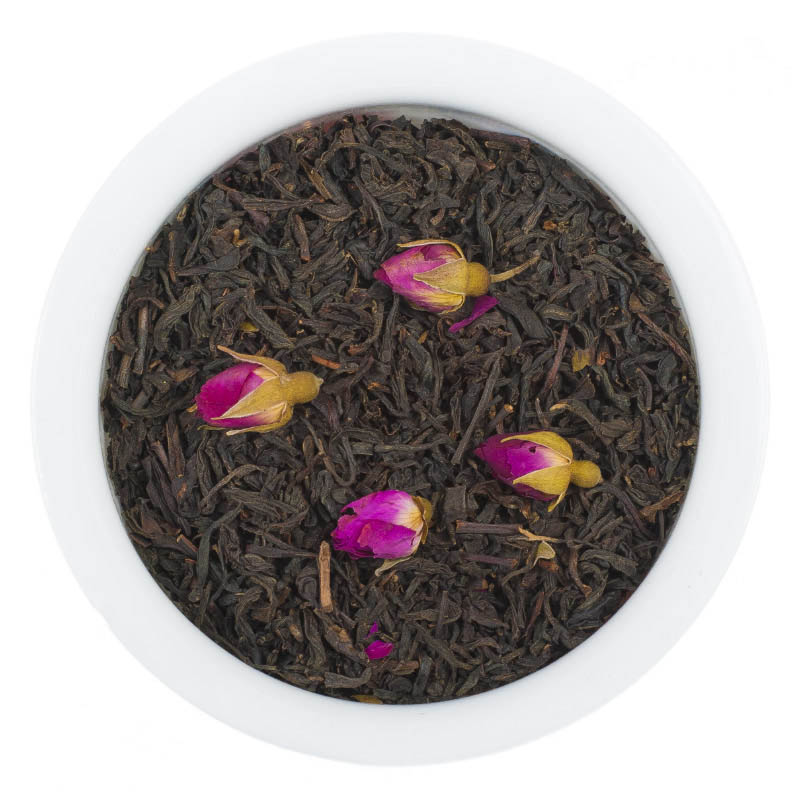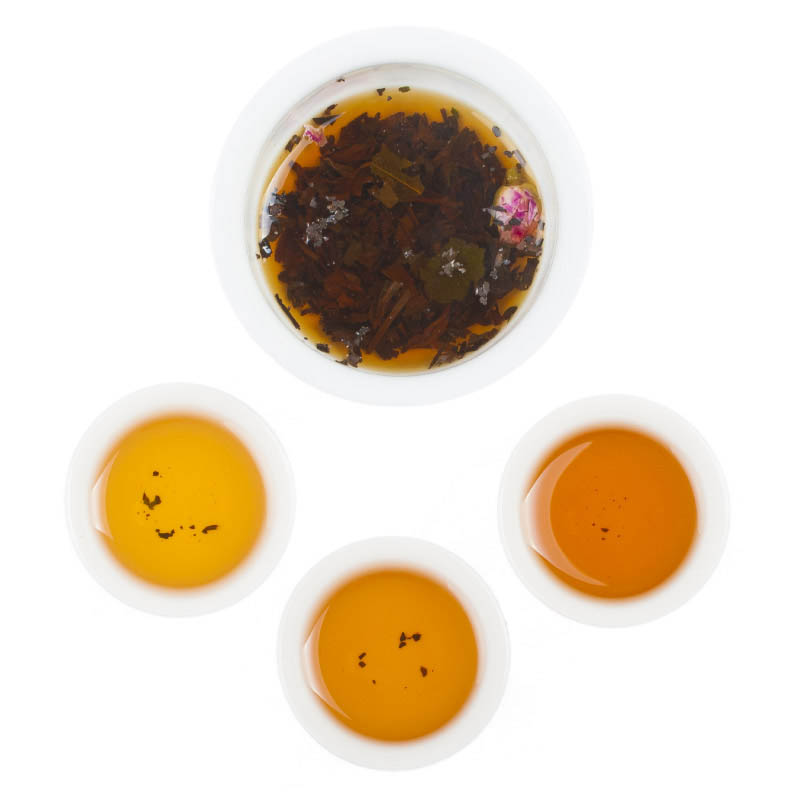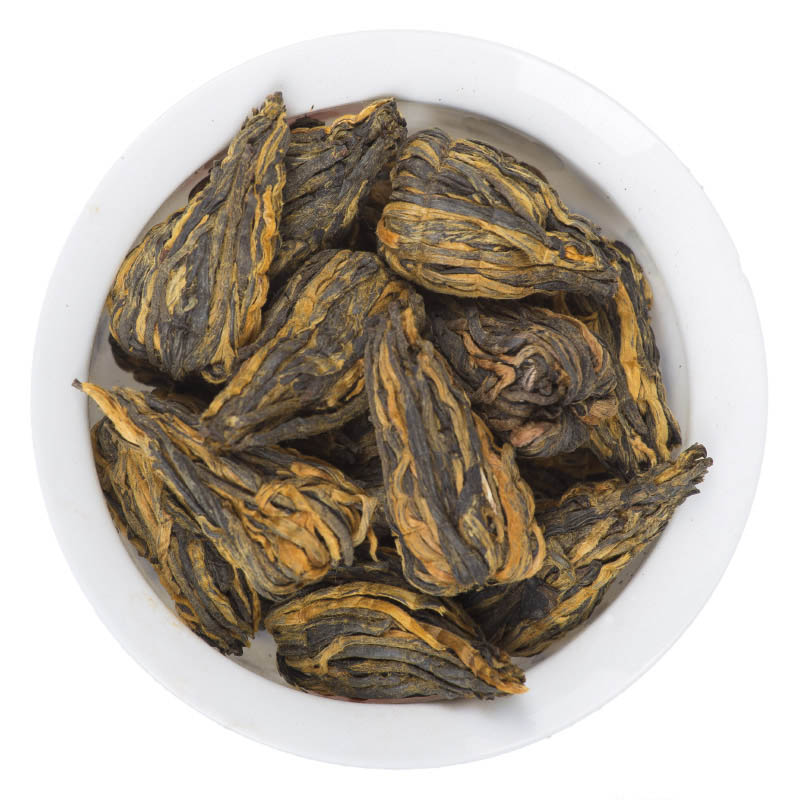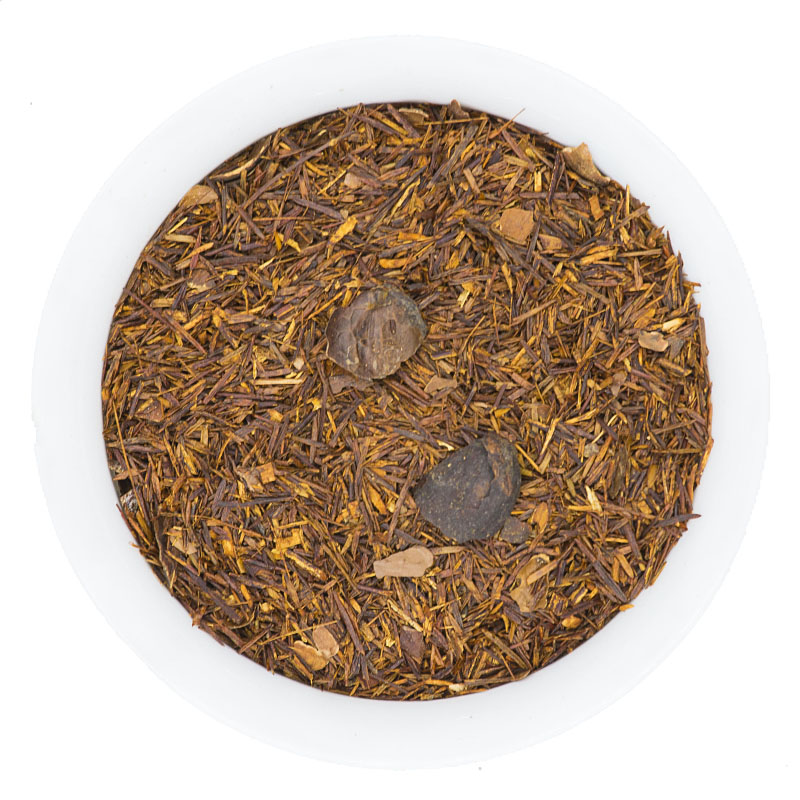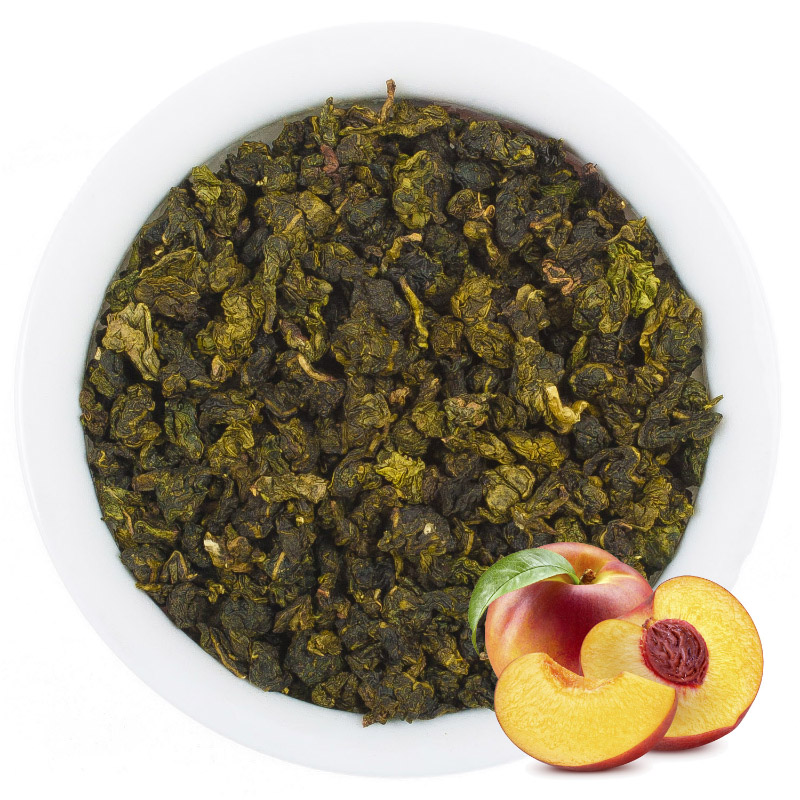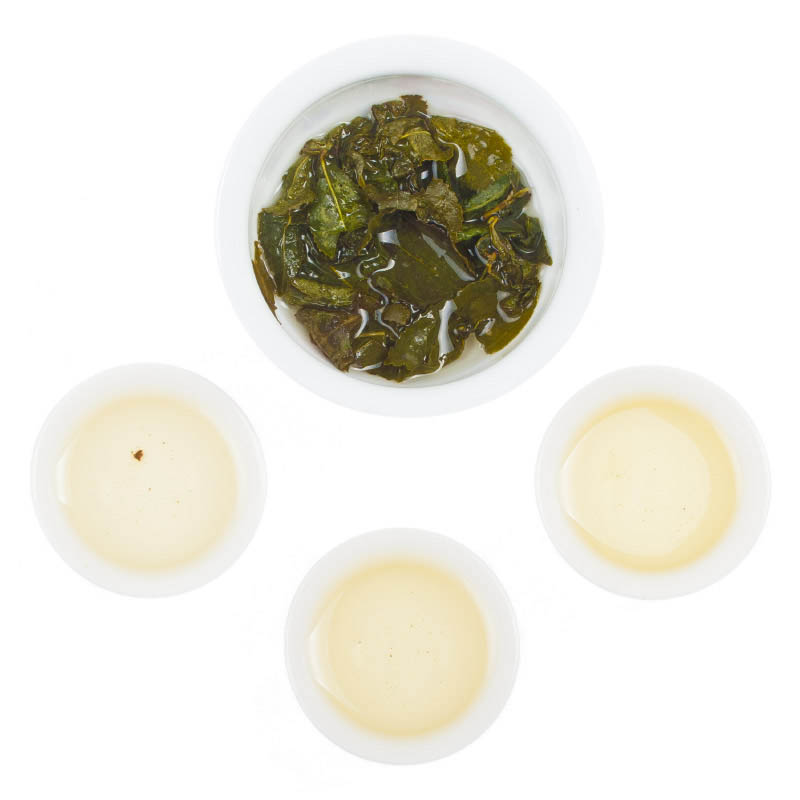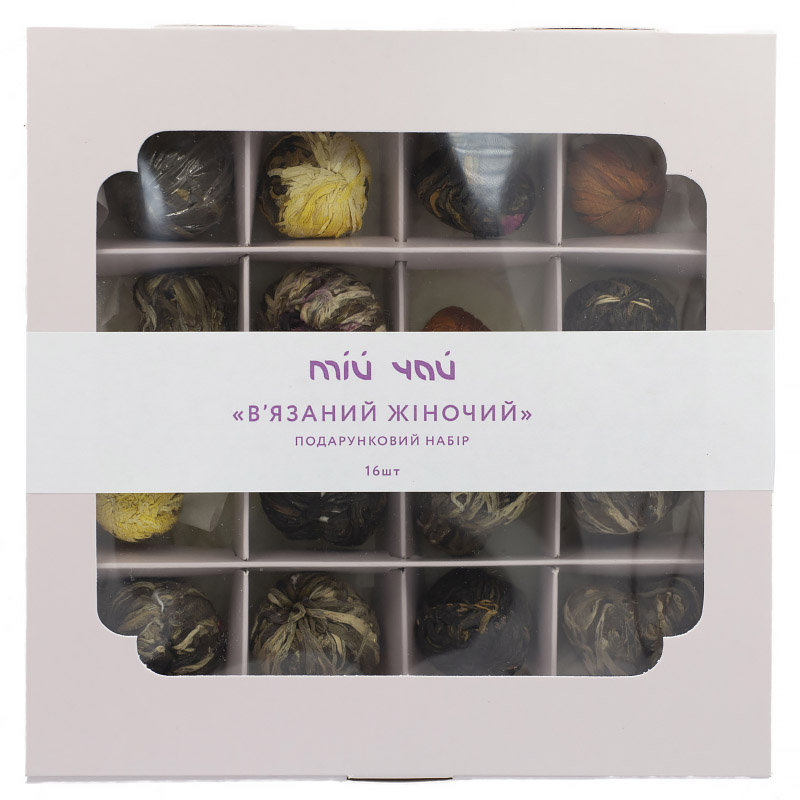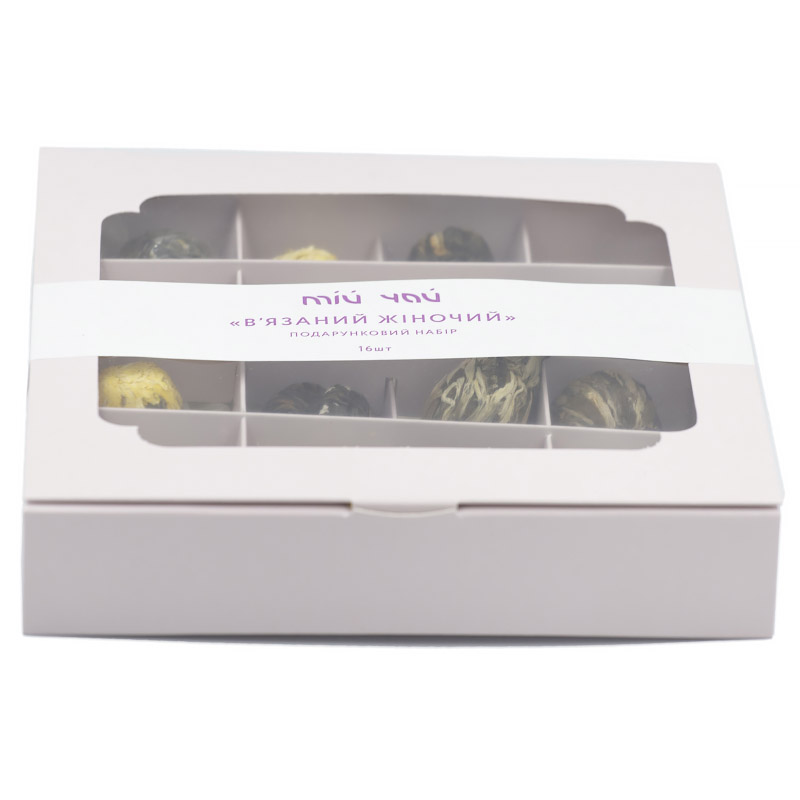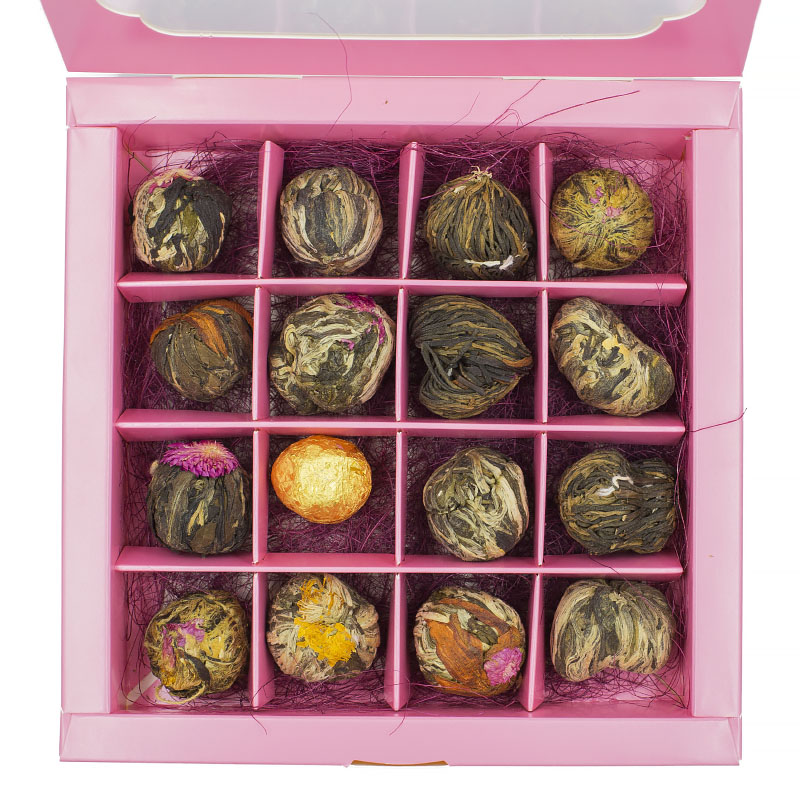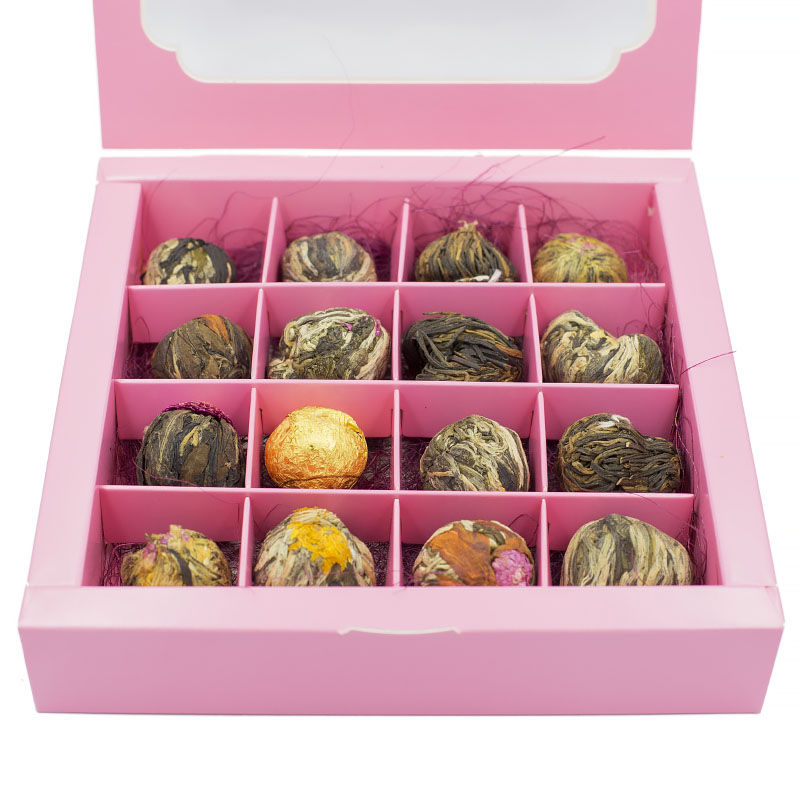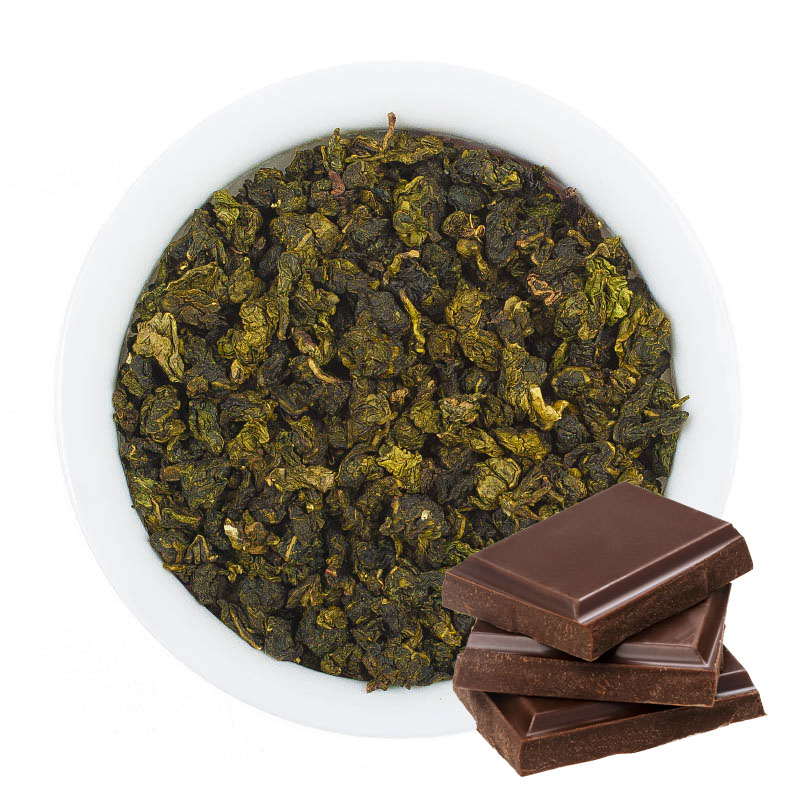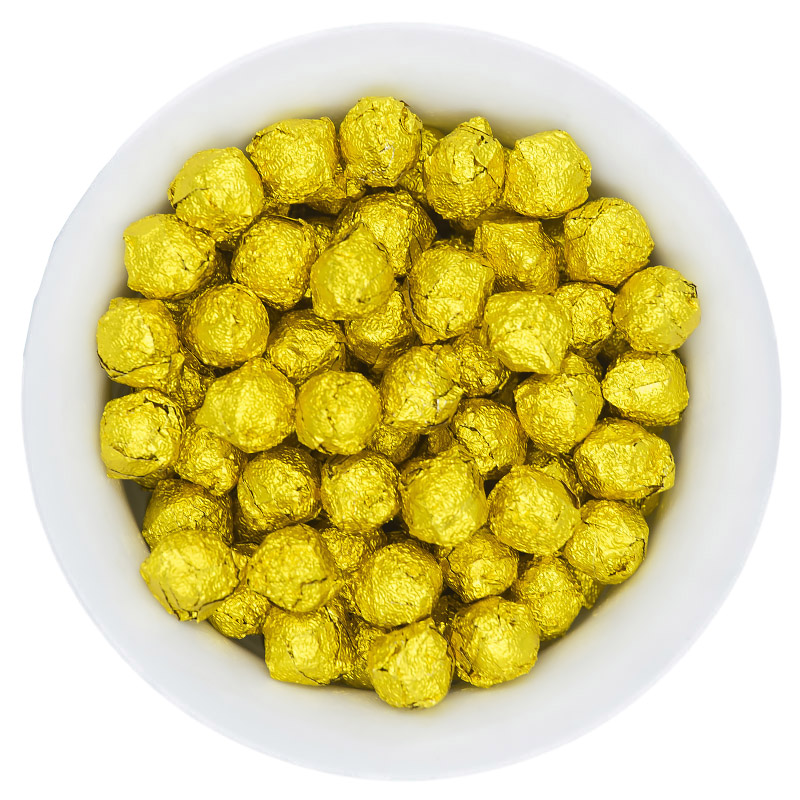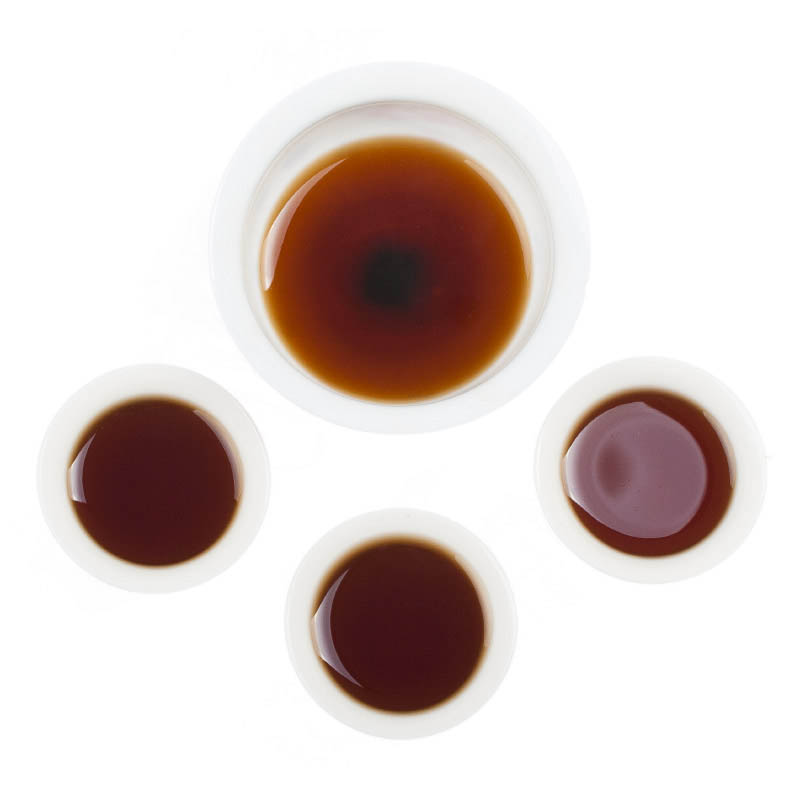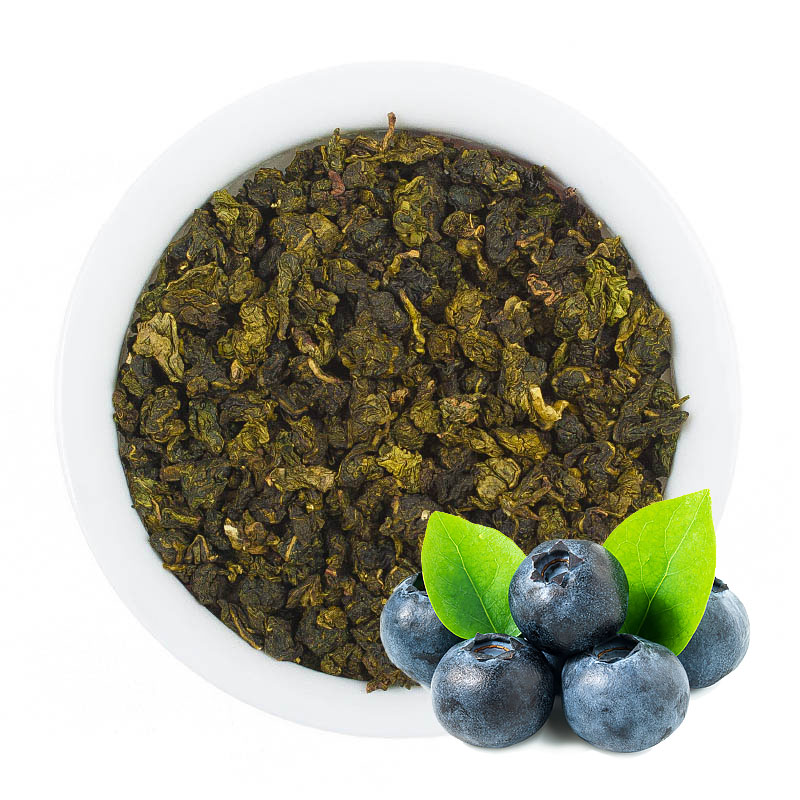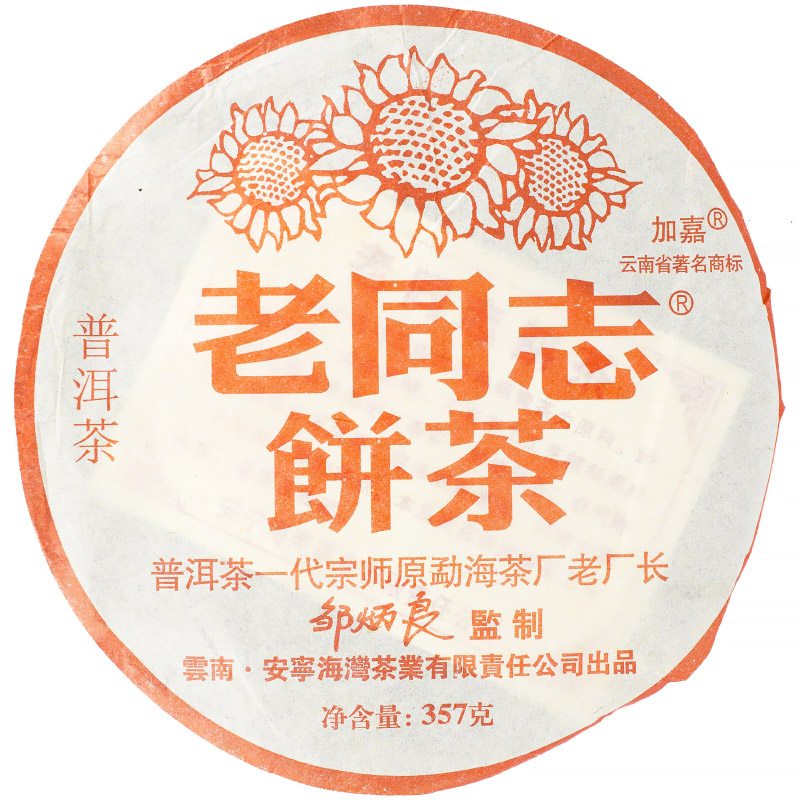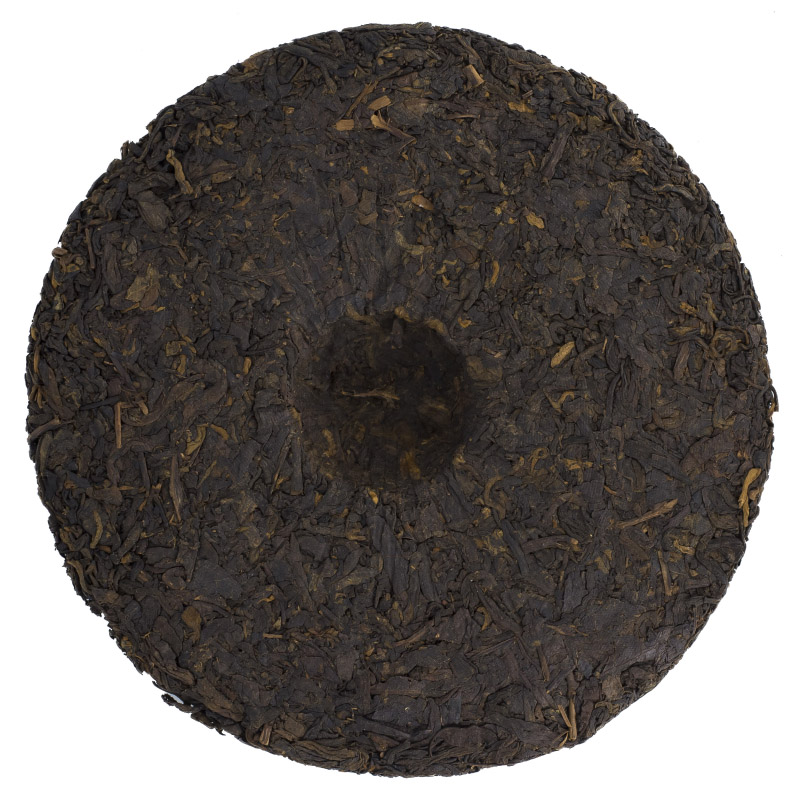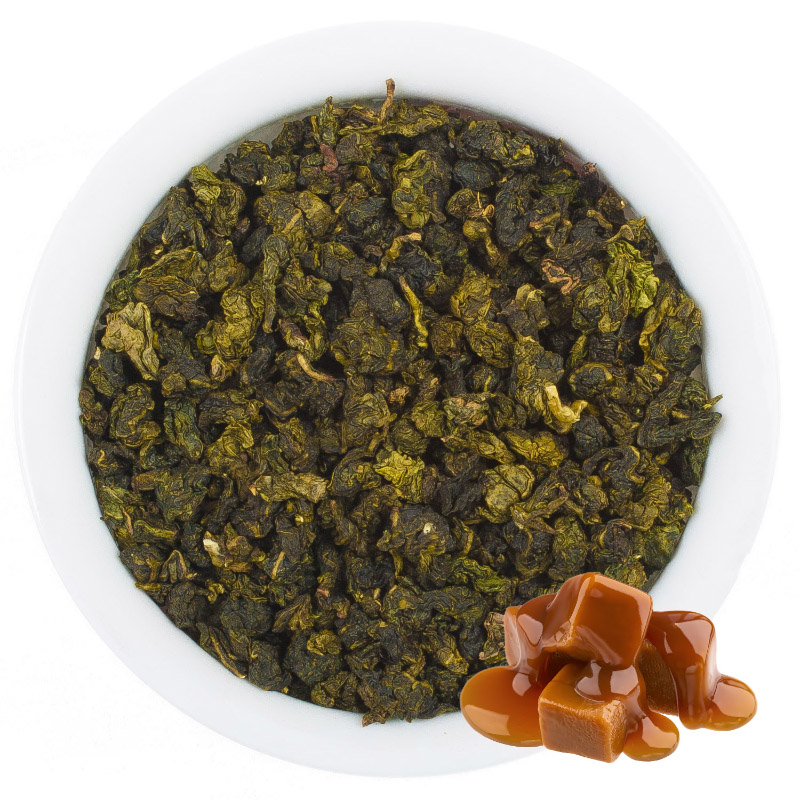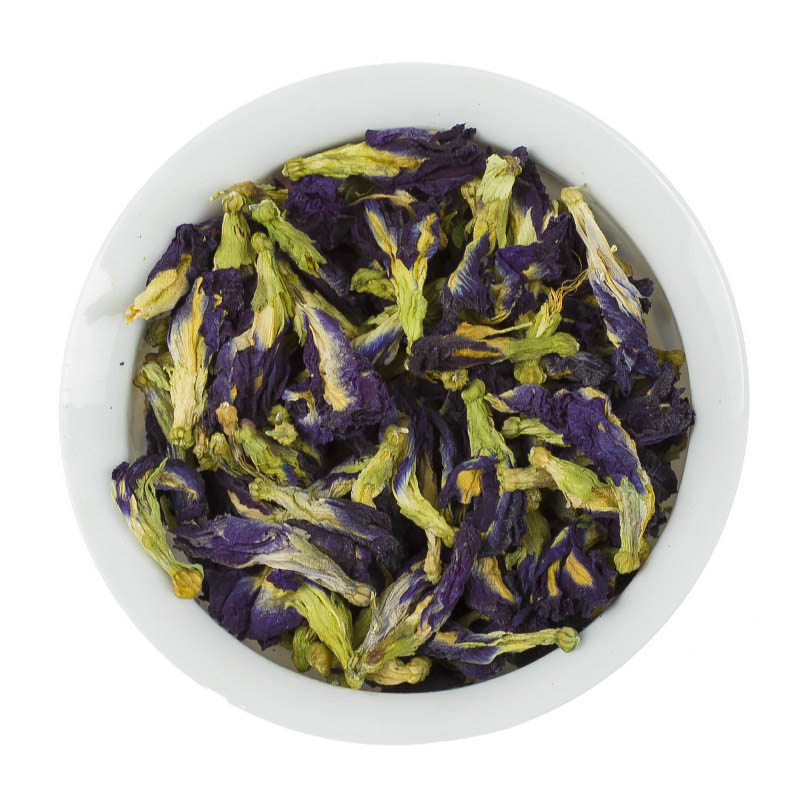How to Brew Oolong Properly
Oolong, or "oolong" as it's sometimes spelled, is a familiar name to enthusiasts of elite large-leaf Chinese teas. However, for the average person who enjoys traditional black or green tea from supermarkets, the term sounds intriguing and perhaps a bit confusing. Let's break down everything you need to know in a simple and accessible way:
- What is **Oolong tea**?
- What is **Milk Oolong**?
- The **benefits of Oolong tea**.
- The **benefits of Milk Oolong**.
- How to **brew Oolong tea**.
- How to **brew Milk Oolong**.
- Where to **buy Oolong tea**.
What is Oolong (Oolong)?
**Oolong**, or "oolong," isn't just one type of tea. It's an entire group of large-leaf Chinese teas that have undergone **partial fermentation**. While black tea undergoes 100% oxidation and green tea up to 12%, oolong is fermented around 50%. This makes it a balanced type, combining the flavors and aromas of both black (red) and green teas.
In China, oolongs are produced only in two neighboring southern tea provinces: **Fujian** and **Guangdong**, which share similar climatic conditions. Production does not occur elsewhere!
Oolongs are made from the leaves of mature tea trees, harvested in spring. Initially, at the manufactories, the raw material is **aired outdoors for about 4-6 hours**, spread in thin layers on various flat surfaces. At night, the leaves are moved to dark, cool rooms, where they undergo a stage of **gentle fermentation**. In the morning, the raw material is transferred to special centrifuges and **dried at 150°C**. During this process, the leaves become soft and pliable. Then, they are loaded into special "rollers," where they go through the **crumpling stage**: machines crumple the raw material, creating the maximum number of breaks but without tearing the leaves. During this time, sap is actively released, and oxidation occurs. Afterward, the tea is **dried in special cabinets** in several stages and at different temperature regimes. This concludes the production process.
Oolongs are divided into two types: light and dark.
Light Oolongs feature large tea leaves with a **spherical twist** (their shape resembles heavily crumpled green kernels). These varieties boast a wonderfully spring-like aroma with floral notes. The taste is incredibly delicate! The infusions are clear, with golden hues, sometimes leaning towards yellowness.
Light oolongs are often mistaken for green teas because their raw material color is identical. How to tell them apart? By the leaf shape. Light oolongs always have a crumpled appearance, while green teas have whole leaves. The aroma also differs. Light oolongs offer a profusion of spring blossoms and lilacs, while green teas have characteristic grassy notes.
Dark Oolongs have whole, elongated, heavily crumpled leaves. They undergo a **longitudinal twist**. During the final stage of production, the raw material undergoes a slow smoking process over charcoal, which gives the leaves their characteristic dark color. The infusions have cognac-like hues, and the aroma is distinctly spicy.
Dark oolongs are often confused with black (red) teas. The difference lies in the leaf size: red tea varieties have much smaller leaves. Also, the aroma differs: oolongs offer a delightful spiciness, richness, and astringency. Red teas, on the other hand, have soft, slightly chocolatey notes.
Within the "oolongs" category, **Chinese Green Tea Milk Oolong** holds a prominent place, being one of the most popular and sought-after in Ukraine. Chinese tea masters enjoy experimenting, constantly creating new varieties. This particular type was developed from the desire to give the drink a light aroma of milk and caramel. This is achieved by adding various flavorings to the fermented raw material.
While Chinese people appreciate pure oolongs, they also produce a vast number of varieties with added flavorings. And there's no limit to the possibilities! The assortment predominantly includes oolongs with:
- Ginseng
- Wild Strawberry
- Strawberry
- Peach
- Orange
- Chocolate
- Caramel
- Apple
- Mint
- Plum
- Raspberry
- Blueberry
- Cherry, and many others.
Properties of Oolong Tea
When we talk about the **properties of Oolong tea**, we're also referring to the beneficial properties of **Milk Oolong**. These aren't just words; it's a reality that some embrace and value, receiving genuinely excellent results, while others remain skeptical or disbelieving. And that's a shame! Regular consumption of oolongs positively impacts a person's physical and psychological state due to their unique chemical composition, which includes over 400 beneficial substances:
- **Vitamins**: A, B1, B3, B6, B12, C, E, D, K
- Numerous **minerals**: magnesium, calcium, potassium, phosphorus, iron, zinc, iodine
- **Folic acid** and other alkaloids
- Flavonoids
- Polyphenolic compounds
- Antioxidants
- Essential oils
- Tannins
- Caffeine, theophylline, theobromine
- 100 grams of dry raw material contains 140 calories, of which: protein – 20 g, fat – 5 g, carbohydrates – 4 g.
As you can see, the properties of Chinese **Oolong tea**, and all oolongs for that matter, are truly unique. To fully unlock them, you need to know **how to brew Oolong**.
Benefits of Oolong Tea
The **benefits of Oolong tea** and **Milk Oolong** are identical. Only their aroma distinguishes them; their positive impact on the human body remains the same.
- If you search for "milk oolong effect," you'll find numerous testimonials about successful weight management through this fragrant beverage. Yes, oolongs do contribute to **weight loss**. But don't expect miracles or rapid results! To lose excess weight, you need not only to drink Chinese large-leaf tea but also to follow a proper diet and engage in physical activity. The polyphenolic compounds in tea effectively combat fats, blocking their absorption and cholesterol by 50%. In turn, antioxidants burn fat deposits. The effect will be noticeable only with regular consumption of the drink for at least a month.
- It **prevents cancer, atherosclerosis, stroke, arthritis, and diabetes** thanks to powerful antioxidants responsible for destroying free radicals in the body.
- Contributes to the **treatment of eczema**. With this diagnosis, a person should drink at least 3 cups of tea per day.
- **Strengthens bone tissue** and prevents the development of osteoporosis.
- **Protects teeth from cavities**.
- **Controls diabetes**, preventing sharp fluctuations in blood sugar.
- **Improves brain activity**, mental performance, enhances concentration, and helps maintain alertness.
- **Rejuvenates the body at the cellular level**, positively affecting skin condition, color, and freshness.
- **Lowers blood pressure**. Regular consumption of the drink can reduce the risk of hypertension by 45 to 65%.
- **Strengthens the immune system**.
What else is **Milk Oolong** good for? By enjoying its unique taste and aroma, you'll instinctively feel a surge of new energy and a good mood. People who regularly consume oolongs are less prone to depressive states, apathy, outbursts of anger, and aggression. Their minds are clear and calm, which means their work productivity is high!
How to Properly Brew Oolong and Milk Oolong
For **Milk Oolong** to deliver its maximum health benefits and provide pleasure from its taste and aroma, the tea leaves must be brewed correctly. The preparation method is simple and accessible for every Ukrainian who wants to incorporate a truly beneficial and delicious drink into their diet. Brewing starts with the right **utensils** and **water**.
If you ask a Chinese person how to brew oolong, they will unequivocally tell you – in an **Yixing clay teapot**. This is the ideal vessel for brewing oolongs. It allows the tea leaves to "breathe," fully revealing the beauty of the drink. Moreover, a tea ceremony with an Yixing clay teapot will acquire an Eastern charm and traditional feel.
In our daily lives, many also use **ceramic ware**: a teapot or a gaiwan.
For the benefits of **Milk Oolong tea** to be effective and noticeable, the **water** must meet the criteria for proper brewing. Ideally, this is spring water, but where can you find it? The optimal choice is purified, fresh, bottled water, available at any store.
Many Ukrainians don't want to delve into the intricacies of Chinese tea ceremonies; they just want to know – **how to brew Milk Oolong in real everyday life**? A modern person is limited by time and therefore cannot always relax, especially in the mornings. So, here's a brief answer to the question: **Milk Oolong, how to brew?**
- The **utensils are initially scalded** with boiling water.
- **Add tea leaves** at a ratio of 4 grams of dry tea per 150 ml of water.
- **Pour hot water**. Less fermented oolongs (light) are brewed with water at 60-80°C, more fermented (dark) – at 80-90°C.
- **Steep for up to 15 seconds and drain**. This infusion is not for drinking. It cleanses the tea leaves of dust and fine particles while beginning to open them in the first stage.
- **Pour water again**. Steep. How long? About 30 seconds, then pour into cups.
- **Brew again**, and so on. The steeping time for each subsequent brew increases by 10-15 seconds.
- Depending on the variety, oolongs can withstand up to **7 infusions**.
How to Brew Milk Oolong in a Thermos?
For a modern person leading an active lifestyle and constantly short on time, the question of **how to brew Oolong tea in a thermos** is certainly relevant. The answer might surprise some: **YOU DON'T**. These tea varieties should not be brewed directly in a thermos because the leaves will over-steep in the water, releasing all their substances at once and making the infusion excessively strong. You can brew Oolong in the usual way and then pour the infusion into a thermos. But under no circumstances should you put the dry tea leaves directly into the thermos.
Where to Buy Milk Oolong?
Naturally, only in **specialized tea shops** and **online stores** that ensure proper storage of the raw material. Many sellers buy elite tea varieties in China but fail to observe proper storage rules. Consequently, the teas lose their exclusive flavors, aromas, and beneficial substances, turning into a harmful raw material. "Miy Chay" ensures proper storage. You can verify this by a simple method – ordering a small amount of tea.
